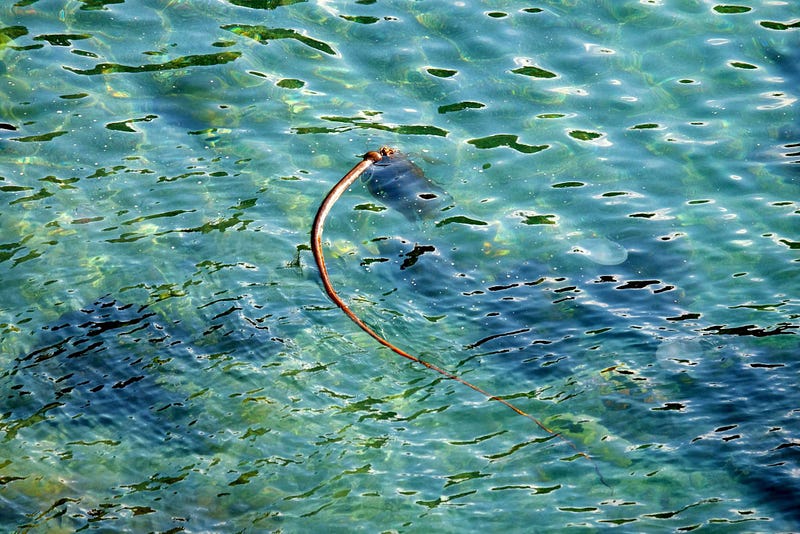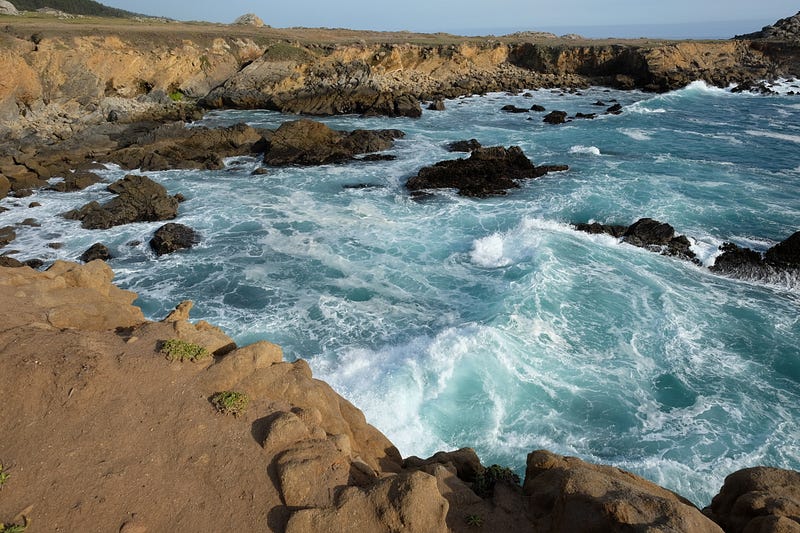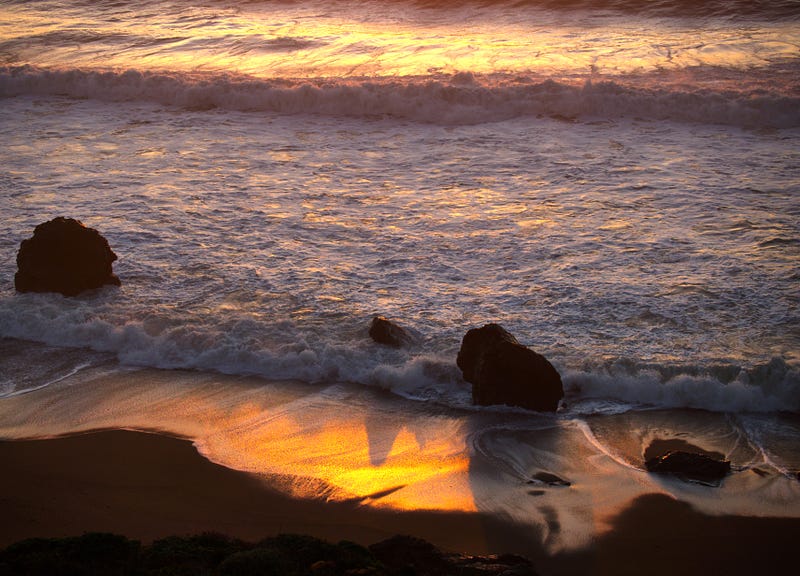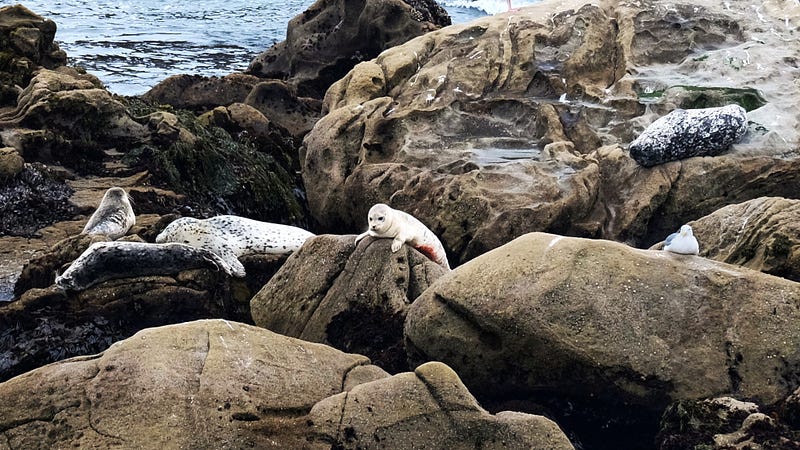Exploring the Ocean's Colors: A Journey Beyond Blue
Written on
Chapter 1: The First Encounter with the Ocean
How enriched would our lives become if we paid attention to the details we often miss?

I once met a man who had never experienced the ocean. He expressed a strange pride in this fact, sharing that he had only traveled this far west once for a wedding. Living next to the ocean at that time, I directed him towards the waves, suggesting it was worth the extra effort to see it.
His wife’s expression lit up at the notion, but his look discouraged it. When she mentioned their children, I could picture them glued to a motel screen, growing increasingly restless. Any parent knows what that leads to at bedtime. Ultimately, he recognized the predicament, and the plan was made.
For many, a trip to the sea is a cherished journey, or at the very least, a fond memory of a saltwater getaway. I was intrigued to find out what impression the ocean would leave on someone who had never felt motivated to visit one before.
A few days later, he returned, sunburnt and glowing, like those who don’t expect to spend all day under the sun. He was astounded by its vastness and the myriad colors it exhibited. “It wasn’t just blue or green,” he remarked. “It wasn’t any single color at all.” I waited as he tried to articulate his thoughts, searching through his memories. “It was too expansive for that,” he concluded. Describing the ocean's color to someone else can be quite a challenge.

Most of the time, we simplify what we observe into an average notion. We say the ocean is blue, which it largely is, perhaps because that’s what we’ve been conditioned to believe. Yet, if one is fortunate enough to witness it for the first time or spends ample time along the coast, they begin to understand: the ocean’s hues are not static as we once thought.

They change with the tides, the time of day, and the seasons. One moment, the ocean may appear a dull gray, while in sunlight it can be strikingly transparent; at sunset, it can be alive with gold and orange, reflecting a robin's egg blue sky or the depths of black water. The ocean's surface dances with a multitude of distinct colors, forming a rich palette of hues, all vying for attention. Why do we often overlook them unless we actively seek to notice?

The human eye is a remarkable tool; it perceives color. However, the real magic occurs within, as the brain processes the visual signals received and presents us with a conscious image. Only at that point do we truly see. Yet, human perception differs from a camera's: a camera captures light and accurately records the wavelengths it detects.
Our brains act as filters, sorting through the deluge of sensory information to help us quickly distinguish what is important from what is not. Thus, when we observe the ocean, we often take the easy route and simply see it as “blue.” That’s the interpretation our minds provide, and if we don’t delve deeper, we usually accept that conclusion.
In reality, we are capable of seeing so much more; we possess the ability to identify an astonishing range of individual color wavelengths. The world around us is replete with them.

This phenomenon isn't limited to the ocean — forests teem with various shades of green and additional colors. Even in our gardens, flowers rarely present as a single hue; they often display intricate patterns and shades. It’s challenging to observe with fresh eyes, but I strive to do so daily, often using my camera as a tool to help me notice what I might otherwise overlook.
There’s nothing inherently wrong with seeing simple blue and green, but why should we limit ourselves to such a narrow segment of the universe's spectrum? What are we missing when we let our perceptions be molded by our mental filters rather than our innate capacity for observation?
We have the ability to experience the ocean in all its vibrant glory. Is there truly any justification for reducing it to a mere average shade, for washing out all the intricate details? The world is abundant with colors; all we need to do is truly see.
I am a naturalist, photojournalist, and nature writer, dedicated to uncovering the wonders along the trail and highlighting individuals making a difference. My stories explore creativity in nature and the endeavors of those working towards positive change. You can discover some of my nature photography and inspiration at ForestMountain Sea and Stephen Nett Photography.
Nature is far more complex, evolved, and astonishing than we often allow ourselves to believe. The more we reveal its mysteries, the more we learn about our own existence and the ways in which nature supports our survival and growth.
Chapter 2: The Ocean's Colorful Secrets
In the video titled "Ocean Color Countdown with PACE," viewers will embark on a captivating exploration of the ocean's vibrant hues and the science behind them.
The second video, "Why is the ocean blue?" dives into the fascinating scientific explanations aimed at children, making the topic both educational and enjoyable.